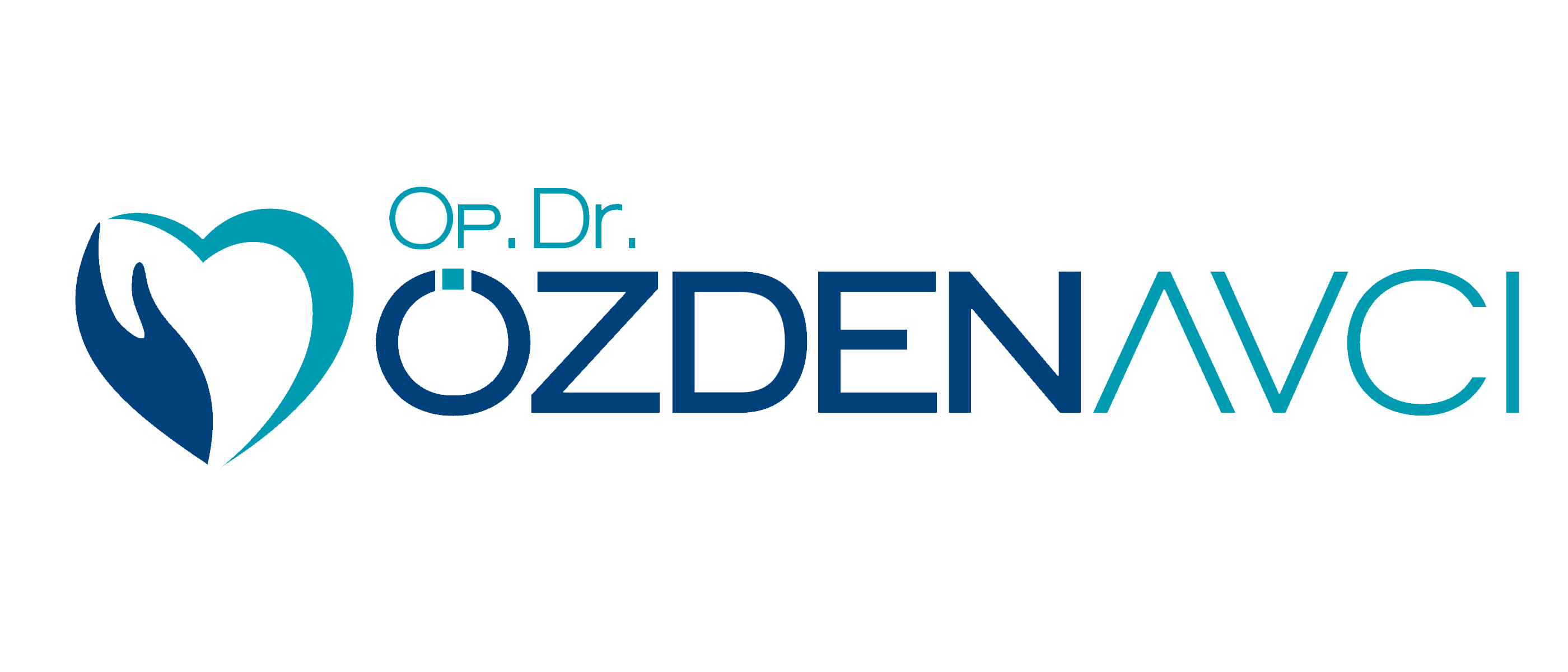Gastro Esophageal Reflux disease (GERD), which is also colloquially known as reflux, is the condition of reflux of stomach contents into the esophagus. Reflux is caused by acidic stomach contents coming into the esophagus that contacts it for a long time, causing it to lose its ability to protect itself from acid. Reflux is observed in about 20% of adults.
The contents of the stomach are noticeably acidic because of the hydrogen ion secreted by the stomach. If there is a reflux of bile from the duodenum into the stomach, the contents that go up from the stomach contain both acid and bile. Bile, which has alkaline properties, causes irritation of the esophagus, just like stomach acid. GERD develops when stomach contents that include acid and/or bile come into the esophagus and contact it for a long time, causing the esophagus to lose its ability to protect itself from acid and/or bile in the stomach contents.
What are the Symptoms of Reflux?
A-) Typical Symptoms
1) Burning sensation in the chest and behind the chest bone,
2) Bitter-sour liquid coming into the mouth,
3) Belching, Bloating,
4) Food residues coming into the mouth,
5) Difficulty in swallowing, a sensation that food is stuck in the esophagus.
B-) Atypical Symptoms:
1) Hoarseness,
2) Itchy cough,
3) Bad breath,
4) Palpitations, Feeling of pressure on the heart,
5) Shortness of breath, Feeling of shortness of breath,
6) Asthma,
7) Tooth decay,
8) Chronic pharyngitis,
9) Hiccups
10) Chronic Sinusitis.
Diagnosis of GERD
Gastroscopy is the first thing to do after a systematic anamnesis and examination. Gastroscopy is still the “gold standard” in the diagnosis of GERD. For almost every patient with chronic GERD or for whom Laparoscopic Surgery is planned, gastroscopy is essential in preparation.
It should be noted that a gastric hernia does not necessarily exist for the development of GERD. However, surgical treatment is inevitably needed if the patient has a GERD condition unresponsive to medications and a large stomach hernia accompanying it. We can detect some precancerous conditions such as “Barrett’s esophagus” by taking tissue parts during gastroscopy and perform an Anti-Reflux surgery without delay.
Other methods used in the diagnosis of reflux
- PHmetry
- Manometry
- Barium Radiography
- Impedance pHmetry
- Impedance Manometry
- Antroduodenal Manometry
- Gastric emptying scintigraphy (GES)
Reflux Disease Appears in Three Variety of Clinical Scenarios
1) Only with typical complaints (Bitter fluid coming into the mouth and burning sensation) (45%)
2) Typical complaints are at the forefront, but atypical complaints are also present (40%)
3) Cases where atypical complaints (Complaints about the Ear, Nose, and Throat-Lung, Bad breath etc.) are at the forefront (15%)
What Are the Complications (Harms) of GERD?
- a) Long-term GERD can cause a serious decrease in the motility of the esophagus as a result of the chronic ulceration process, and may cause difficulty in swallowing, especially in swallowing solid foods.
- b) In more advanced cases, scar tissue may develop due to the ulceration/healing vicious cycle, resulting in shortening of the esophagus and even stenosis at the lower end of the esophagus, which may cause the person to completely lose his/her ability to swallow solid foods. These are too late complications that make it impossible to perform standard Laparoscopic Anti-Reflux surgeries.
- c) The most feared complication is cancer development at the lower end of the esophagus, which is constantly under the effect of irritation. It should be emphasized that not every GERD patient develops cancer. However, any specific ulceration condition called “Barrett’s Esophagus” that developed at the lower end of the esophagus of a patient with chronic GERD is a cancer precursor. In such cases, GERD should be surgically treated promptly. A surgical intervention cannot completely eliminate but reduce the risk of cancer development. In 5 to 15% of the cases where GERD persists for a long time, the condition we call Barrett’s Esophagus may develop. A patient diagnosed with Barrett’s Esophagus is at a 120 to 150-fold increased risk of developing esophageal cancer compared to people without GERD. This rate is approximately 40 times higher for a GERD patient who has not developed Barrett’s Esophagus.
Reflux Treatment
There are 3 methods for the treatment of GERD. These methods can be determined by the Doctor, based on the severity and progression of GERD. These are Lifestyle changes, Medication and Surgical Treatment, which enable the elimination of the disease depending on its type and stage of treatment.
a-) Lifestyle regulations
- sleep on a high pillow
- do not eat too close to bedtime
- stay away from smoking and alcohol
- do not drink acidic drinks
- eat a healthy diet
- do not wear tight clothes
- get rid of your extra weight
b-) Drug Therapy
Acid-suppressing drug therapy controls the amount of acid secretion in the stomach and ensures decreased amount of stomach acid that goes upwards. However, drug therapy is not effective on bile reflux (alkaline reflux). Despite drug therapy, bile continues to go up and irritate the esophagus. Therefore, esophageal irritation may continue even during drug therapy.
In people with GERD complaints, drug therapy is definitely administered at the beginning. Although it relieves 80% of people suffering from GERD, it does not eliminate and completely cures the mechanical disorder that is the origin of GERD. Therefore, the same complaints restart in a short time in 90% GERD patients who discontinued the drug therapy.
c-) Surgical Treatment
GERD greatly affects the quality of life, especially when it is accompanied by a gastric hernia. Surgical treatment is the only method of treatment that eliminates the mechanical origin of gastroesophageal reflux disease. In real sense, treatment results can only be achieved by surgical procedures. Prospective Randomized controlled trials covering a 10-year period have shown that more than 93of surgical interventions have given definitely successful results. 93 of the patients who preferred surgical treatment had no complaints and needed no medications.
- In cases where medical treatment is not successful (Cases in which no results could be obtained with 8-12 weeks of drug treatment and a series of diet and social life recommendations), in cases of Severe esophagitis or a gastric hernia of larger than 4 centimeters;
- In cases where young patients do not want to use medication for a long period or for a lifetime;
- In cases where the patient’s complaints persist after drug therapy;
- In cases where complaints of chronic cough, hoarseness, asthma and chronic sore throat persist despite the treatments; and
- In cases where irritations leading to cellular changes are observed in the esophagus (Barrett’s esophagus),
surgical treatment should be considered by taking into account the concerns that will be caused by lifestyle changes, and the duration and cost of drug therapy.
The fact that the Laparoscopic Nissen technique gives even better results compared to open surgery in the long term has made it the “gold standard” in the treatment of Chronic GERD.
Laparoscopic surgery is a technique performed through the abdomen without cutting the abdomen, by entering through small incisions of around 0.5 to 1 cm. It is performed using surgical instruments specially produced for this operation, through 4 or 5 ports (access hole). If there is a gastric hernia (hiatus hernia), Hernia Repair is performed first. Our team also uses a mesh to reduce the risk of recurrence when necessary, although this varies depending on the size of the hernia and the characteristics of the patient.
At this stage, which is called the fundoplication process, mostly a 360-degree (rarely a 270-degree) valve assembly is created. Thus, the forward wave movement of the esophagus pushes the food into the stomach, while the backflow of the food is prevented.
Laparoscopic reflux operations take 60 minutes on average. Afterwards, the patient is awakened and taken to his/her room within about 30 minutes. After 6 hours, he/she is prompted to walk in the room and spends the night in the hospital. The next day (at the end of the first day), after a light breakfast in the morning the patient can go home after a light breakfast.
The patient, who is able to walk and do his/her own works when at home, consumes liquid and soft foods for a period of 1 week. On the 7th postoperative day, the patient visits the surgeon, and the wound dressings are removed. Afterwards, dietary restrictions are eased a little more, and at the end of the 2nd week there will be no requirements other than well-chewing and slow eating.
To get Detailed Information and ask Questions, you can contact us at 0532 228 33 60.

Legal warning
This website is not intended to provide medical services, but to give information about the treatment procedures that we perform. The information available on the website has not been provided for use in the diagnosis or treatment of diseases. The responsibility arising from the use of the information in our website content for the purpose of diagnosis and treatment belongs to the visitors of the website.
Contact
Address: Küçükbakkalköy, QBMED Plaza, Işıklar Cd. No:37, 34750 Ataşehir/İstanbul
Phone: +90 (532) 228 33 60
Working Hours:Weekdays: 09:00 – 17:00, Saturday: 09:00 – 13:00
